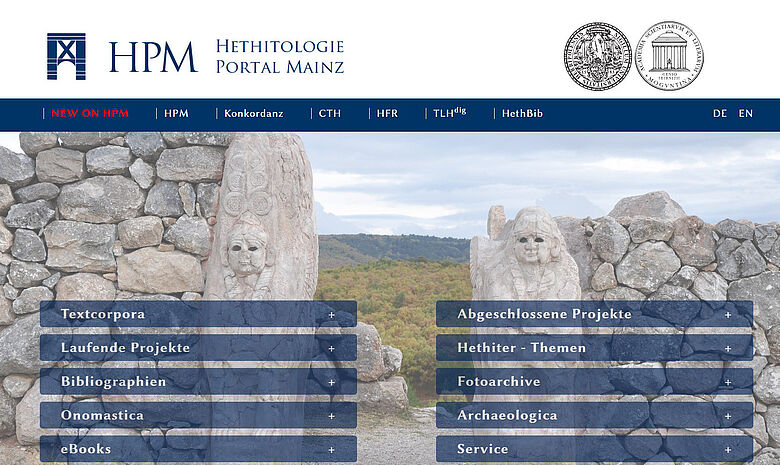
Digital Pathways to the Hittite World: AI and Archaeology Unite to Decode an Ancient Empire
A new research initiative from Julius-Maximilians-Universität Würzburg (JMU) is reshaping how scholars study the Hittite Empire—one of the most formidable powers of Bronze Age Anatolia. The project, titled “Digital Pathways to the Hittite World,” merges archaeology, philology, and artificial intelligence to transform the long-standing Hethitologie-Portal Mainz (HPM) into a next-generation research platform.
Rebuilding an Empire—Data by Data
For nearly a century, excavations at Boğazköy-Ḫattuša—the Hittite capital—have yielded tens of thousands of clay tablets. Each fragment preserves a trace of the ancient world: royal decrees, diplomatic treaties, religious rituals, and myths written in cuneiform. Yet until recently, researchers had to navigate inconsistent metadata, mismatched site names, and scattered datasets to make sense of them.
The Würzburg-led project aims to eliminate these barriers. “We’re improving data quality, standardizing excavation information, and linking every fragment to its archaeological and textual context,” says project co-leader Dr. Stephanie Döpper. The goal is not just digital preservation—but digital intelligence.
A Search Engine for the Ancient World
Once fully implemented, HPM’s upgraded infrastructure will allow scholars to conduct complex cross-disciplinary searches. Instead of manually combing through archives, a researcher studying Hittite rituals could instantly trace every reference—from ritual texts and tools mentioned in them to the actual archaeological objects and their findspots.
📣 Our WhatsApp channel is now LIVE! Stay up-to-date with the latest news and updates, just click here to follow us on WhatsApp and never miss a thing!!
This interconnected web of data—texts, artifacts, typologies, and spatial context—marks a shift from static archives to dynamic research ecosystems. As Döpper explains, “It’s about enabling scholars to ask sophisticated questions that were simply impossible before.”
Teaching AI to Read Hittite
At the heart of this transformation is artificial intelligence. JMU’s Center for Artificial Intelligence and Data Science (CAIDAS), led by Professor Andreas Hotho, is training a specialized language model to understand Hittite—the world’s oldest recorded Indo-European language.
The AI system, derived from the German-trained model LLäMmlein, will learn to recognize grammatical and semantic patterns unique to Hittite. This capability could help reconstruct broken texts and predict missing passages in fragmented tablets. For the first time, machine learning will assist in virtually “reassembling” cuneiform archives scattered across museums and excavation depots.
From Field Logs to Linked Open Data
The digital overhaul also extends to archaeology itself. Excavation logs from the early 20th century are being reviewed and standardized. Many tablets long listed under different location codes will now be cross-referenced precisely by findspot, context, and typology.
The project team is also developing improved form-recognition algorithms for ceramics—moving beyond simplistic parameters like fragment length to more reliable morphological criteria. These methods will automate the classification of pottery and other artifacts, making typological studies faster and more accurate.
A Digital Legacy Reimagined
The Hethitologie-Portal Mainz has served as the backbone of Hittite studies since its creation between 2001 and 2007 with funding from the Deutsche Forschungsgemeinschaft (DFG). Now, with new support from the VolkswagenStiftung, it enters a phase of full integration into the digital humanities frontier.
The upgraded system will incorporate Linked Open Data standards, geospatial mapping for tablets and seals, and a semantic web interface connecting linguistic and archaeological information. The upcoming Thesaurus Linguarum Hethaeorum Digitalis (TLH<sup>dig</sup> 1.0), expected in late 2025, promises comprehensive coverage of all published Hittite texts.
The Ancient Future of Hittitology
The civilisation of the Hittites (c. 1650–1200 BCE) produced one of the earliest written Indo-European languages and left behind an unparalleled textual record of their political, economic, and spiritual life. By fusing this archive with modern AI, the Würzburg-led initiative is not merely digitizing the past—it is reinventing how ancient knowledge is created, searched, and shared.
As Döpper summarizes:
“We’re replacing the chase for scattered records with the freedom to explore complex questions in seconds. The digital pathways we build now will define the future of Hittitology.”
The road to the Hittite world, once carved in clay, is now being redrawn in code.
You may also like
- A 1700-year-old statue of Pan unearthed during the excavations at Polyeuktos in İstanbul
- The granary was found in the ancient city of Sebaste, founded by the first Roman emperor Augustus
- Donalar Kale Kapı Rock Tomb or Donalar Rock Tomb
- Theater emerges as works continue in ancient city of Perinthos
- Urartian King Argishti’s bronze shield revealed the name of an unknown country
- The religious center of Lycia, the ancient city of Letoon
- Who were the Luwians?
- A new study brings a fresh perspective on the Anatolian origin of the Indo-European languages
- Perhaps the oldest thermal treatment center in the world, which has been in continuous use for 2000 years -Basilica Therma Roman Bath or King’s Daughter-
- The largest synagogue of the ancient world, located in the ancient city of Sardis, is being restored

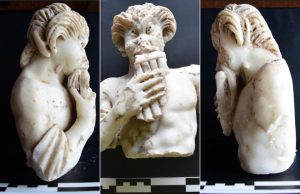
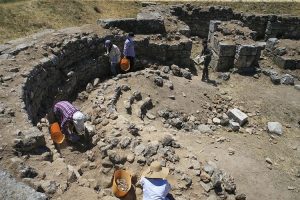
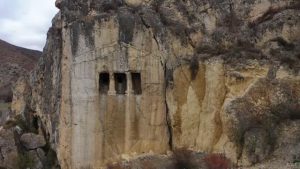
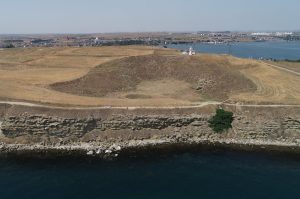

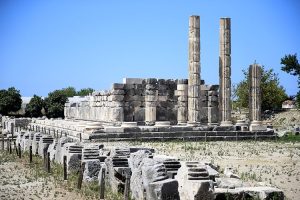


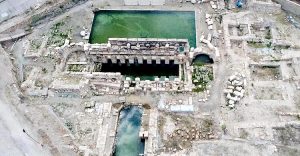
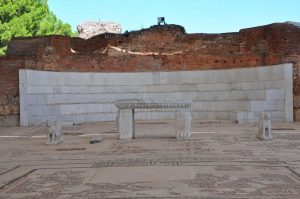
Leave a Reply